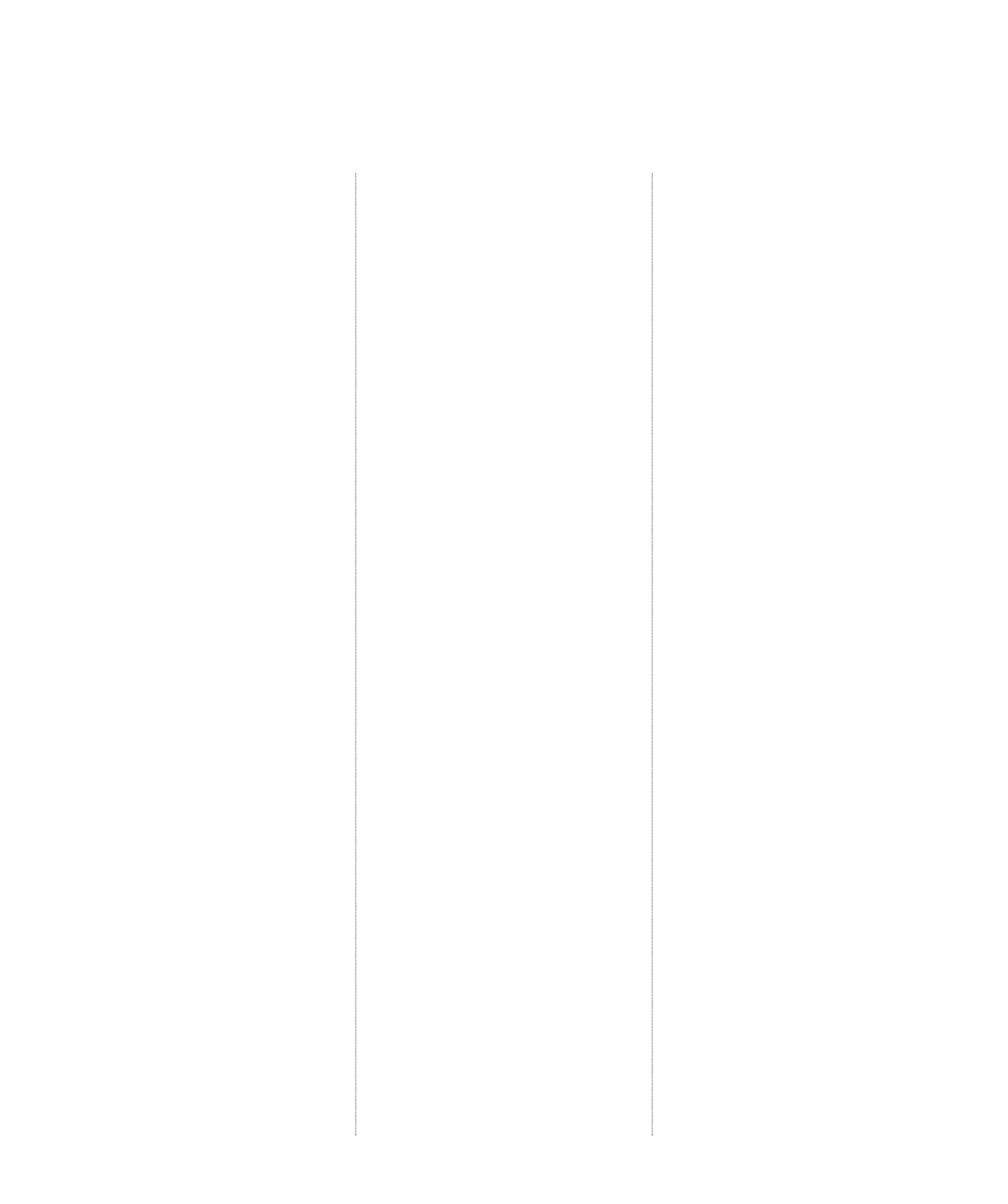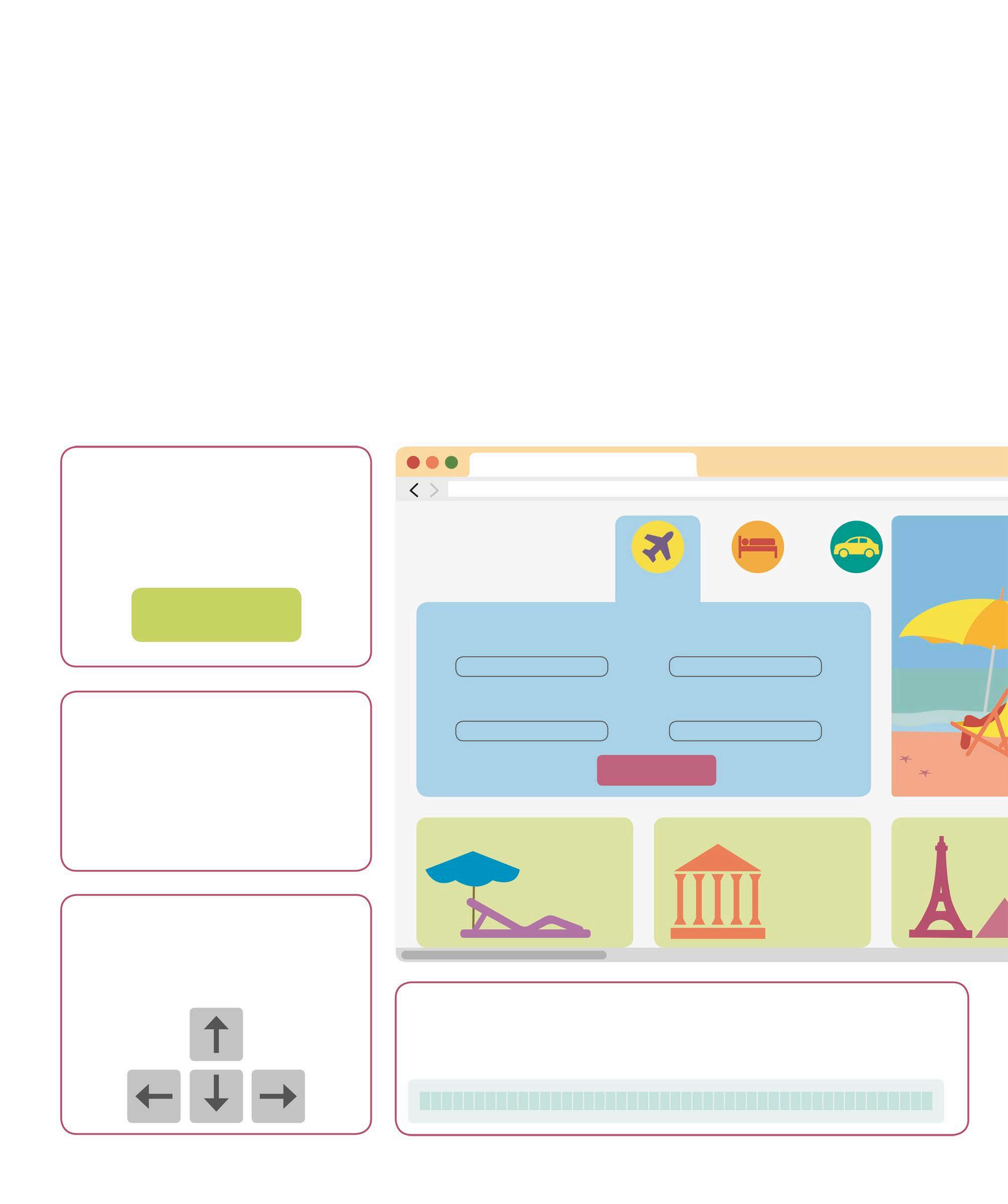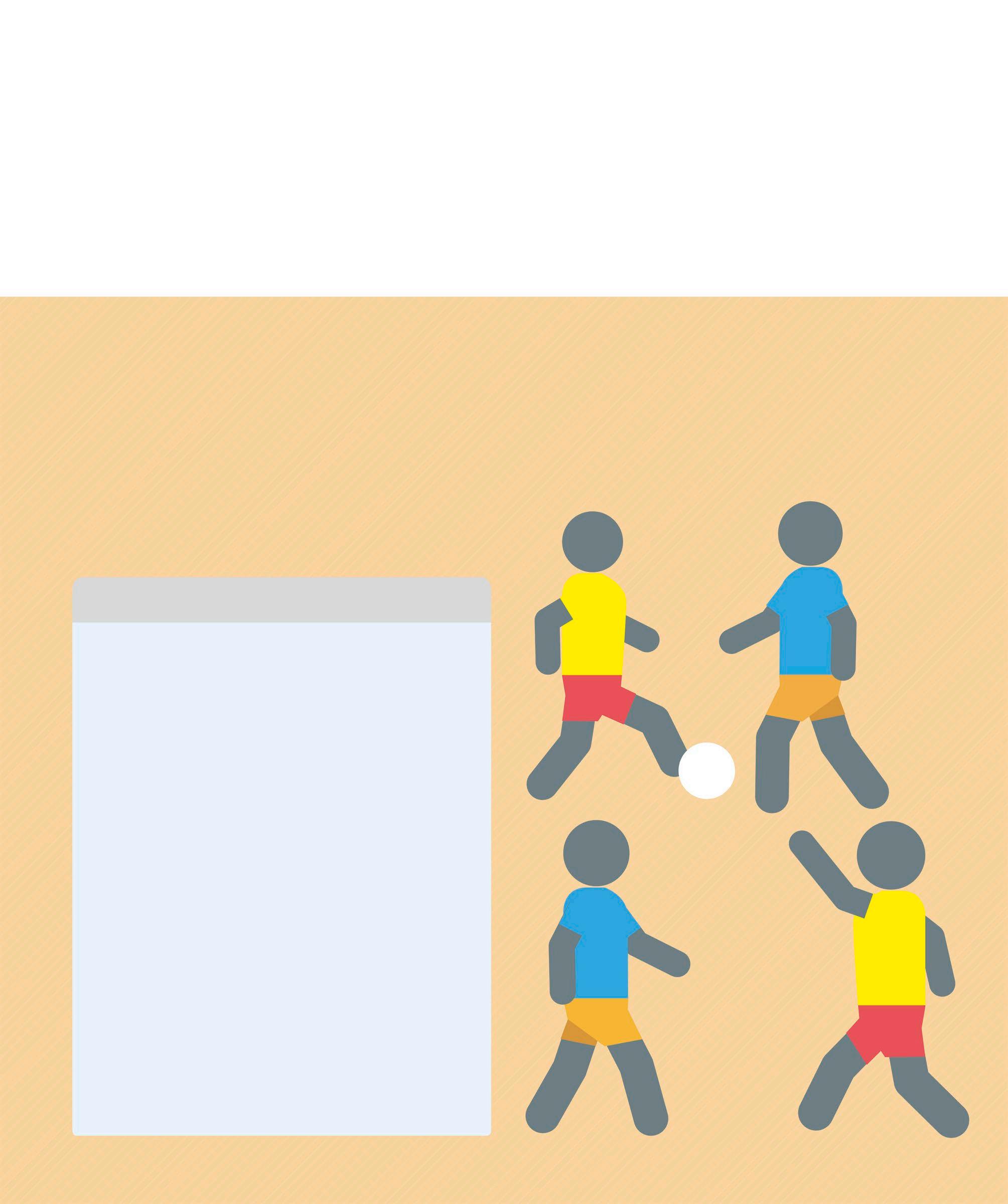Manipulating data Programs are often used to manage and process data. This data is either provided by the user or collected from other computer systems. In Scratch, the Operator blocks are used to manipulate numbers and text stored in variables.
Variables Many programming languages use variables to store information. A variable can store one piece of information, either text or a number. In a game, for example, two variables might be used to store the player’s name and score. Make a variable To create a variable in Scratch, select Variables in the Blocks Palette and click on the Make a Variable button. Give the new variable a meaningful name, such as score, so that the code is easy to understand. Usually, variables need to be created for all sprites, which means that all sprites can see and change the variable.
1
Make a Variable my variable score
The new variable will be displayed here
Use blocks with your variable Use the set [variable name] block to reset the variable’s value. For example, set score to 0. The change [variable name] by block can be used to increase or decrease the value.
2
set score
to 0
change score
Strings
Programmers often call a piece of text in a program a “string”. For example, a string can be a name, an answer to a question, or an entire sentence. In Scratch, any variable can store a number or a string, and it can store different values at different times. join apple
banana
Join strings This block can be used to join two strings. The strings are joined without a space, so the result for this example will be “applebanana”. Variable blocks can also be used in place of words typed into the block. letter 1 of apple Extract letters This block extracts one letter from a string. In this example, the first letter of the string “apple” is extracted. length of apple Count a string The number of characters in a string can be counted using this block. The result for the block can be viewed by clicking on it. It can also be dropped into other blocks to use in a script.
by 1
apple contains a ? Check strings This block checks whether the second string input is in the first one, and gives the answer as true or false. It is also possible to check for more than one letter: apple contains app?














































